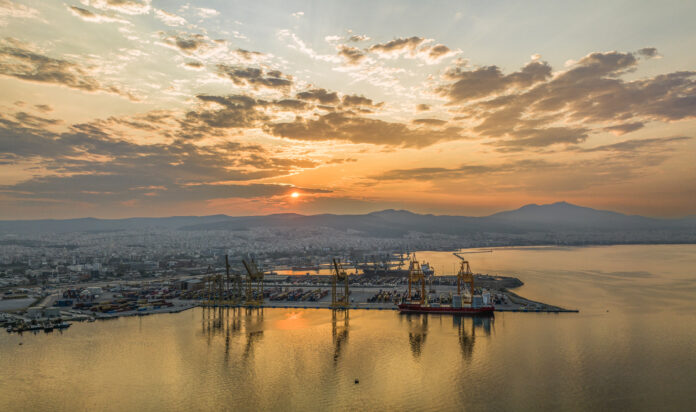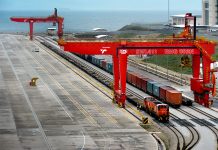
![]()
For decades, Thessaloniki was a port with strategic promise but structural limitations, ideally located at the crossroads of Europe and the Balkans, yet constrained by outdated infrastructure, limited hinterland access, and political uncertainty in the wider region.
That chapter is closing. Today, Thessaloniki is undergoing a strategic reinvention, driven by private investment, rail modernization, and geopolitical recalibration across Southeast Europe.
From Skopje and Sofia to Belgrade and Niš, the city is positioning itself not as Greece’s “second port,” but as a dynamic North–South logistics pivot for the entire Balkan Peninsula.
A Port Repositioned: Private Capital, Regional Impact
Since the 2017 privatization of the Port of Thessaloniki (ThPA), controlled by the South Europe Gateway Thessaloniki consortium — including Deutsche Invest Equity Partners and CMA CGM’s Terminal Link — investments have gained pace.
Key milestones (as of mid-2025):
This content is locked
Select a CN Premium Subscription Package To Unlock The Content!





